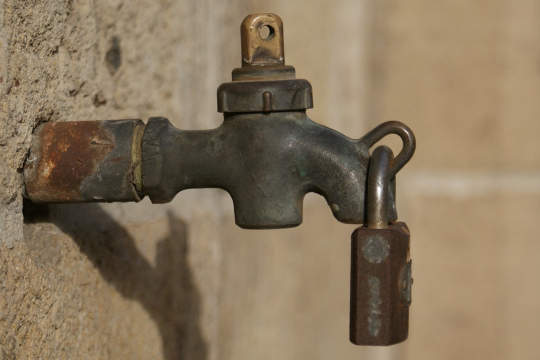In the 2016–2018 drought, Cape Town almost ran out of municipal water. Tariff increases, restrictions and campaigns brought big reductions in water use during the dry spring and summer months: 14.3% in September 2017, when non-compliant households were threatened with a water usage restriction meter; 17.2% in October, when a disaster plan threatened residents with collecting water daily at 200 points across the City; and 20.1–24.3%, when “Day Zero” appeared unavoidable, water pressure was reduced, usage was restricted to 50 L per person per day and exponential tariff hikes were introduced. Transparent information about the severity of the crisis and shifting the responsibility for crisis avoidance to residents amplified water savings at the height of the drought.
The Cape Town drought: A study of the combined effectiveness of measures implemented to prevent “Day Zero”
EfD Authors
Country
Sustainable Development Goals
Publication reference
Brühl, J., & Visser, M. (2021). The Cape Town drought: A study of the combined effectiveness of measures implemented to prevent “Day Zero.” Water Resources and Economics, 34, 100177. doi:10.1016/j.wre.2021.100177


